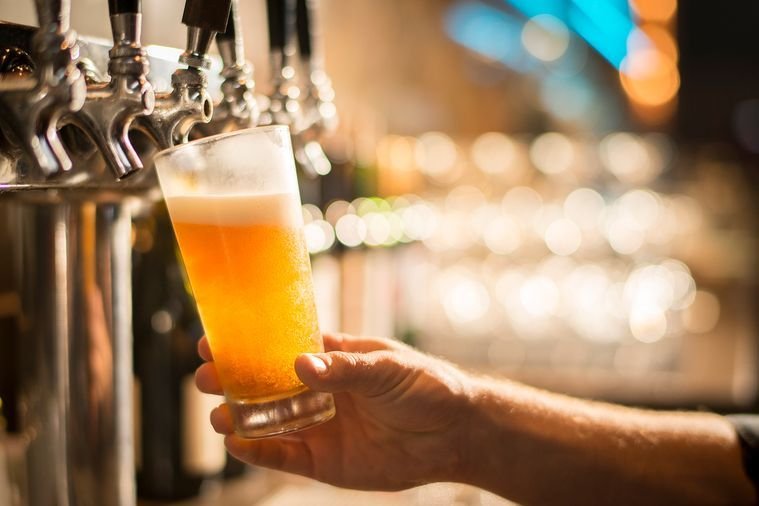Non-Alcoholic Beer on Draft Raises Regulatory, Production, Public Health, and Safety Concerns
Even now during the height of Dry January and more consumers cutting back and trying the increasingly diverse and advanced output of non-alcoholic beer, you may have noticed that it is extremely rare to find it on draft anywhere. There is a reason for that. The protection that alcohol provides beer that limits the survival and growth of pathogenic bacteria is well known and documented, and it’s absence raises different regulatory, production, and public health and safety concerns. Non-profit small brewers industry trade group the Brewers Association has stepped up to the plate to offer some education and assistance on this problem, noting that little scientific research has been published on the growth and survival of pathogens in non-alcohol beer, they have issued their own report for reprint.
From the Brewers Association:
Increased consumer interest in non-alcohol beer in the United States can potentially give craft brewers a needed boost. The opportunity exists for craft brewers to expand their product line and increase sales and profits. That said, producing and serving non-alcohol beer is inherently different from traditional alcohol containing styles craft brewers are accustomed to brewing. The absence of alcohol in non-alcohol beer raises different regulatory, production, and public health and safety concerns that brewers must be aware of when adding these products to their portfolio.
The protection that alcohol provides beer that limits the survival and growth of pathogenic bacteria is well known and documented. However, little scientific research has been published on the growth and survival of pathogens in non-alcohol beer. A “food safe” non-alcohol beer can be produced at the brewery for packaging in a can or bottle through pasteurization. However, in keg, non-alcohol beer moving through the three-tier system is subject to circumstances beyond the brewer’s control, such as elevated temperatures during transportation and storage, or being served from a poorly maintained long draw draught system. These and other pathways such as a contaminated food product stored in beer service areas, can possibly introduce contamination and/or stimulate bacterial growth with potentially human harming consequences.
A recently published “challenge study” conducted by researchers at Cornell University found that the pathogenic bacteria Escherichia coli (E. coli) and Salmonella enterica can survive and grow at higher rates in non-alcohol beer under certain conditions. This study confirms other study results, indicating low and non-alcohol beers are susceptible to pathogens. After examining available evidence, the Brewers Association (BA) does not believe that sufficient evidence exists to understand the potential risk of serving non-alcohol beer on draught. Similarly, the BA does not believe there is sufficient knowledge or experience to recommend best practices that would guarantee the safety of the product during on-premise draught retail sales.
The potential consequences stemming from a foodborne pathogen contaminating non-alcohol beer are not the same as those of a beer that is compromised by non-pathogenic “beer spoilers” that impact the quality of a beer. A non-alcohol beer on draught that contains pathogens could result in illness or death of consumers from foodborne pathogens and reputational risk and business losses for an individual brewery.
The BA will continue to consult and work with subject matter experts and members of the academic community and industry in the interest of increasing the scientific knowledge addressing the growth of pathogens in non-alcohol beer while seeking to identify best practices that will ensure public safety. Brewers should understand the food safety risks involved with producing and serving non-alcohol beer in all package types, particularly draught beer, when considering adding non-alcohol beer to their portfolio.
Resources:


